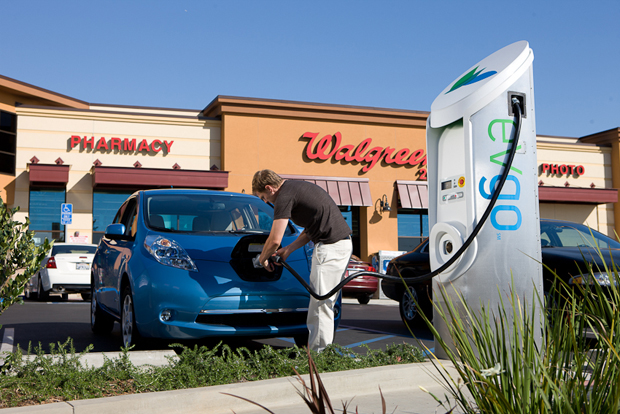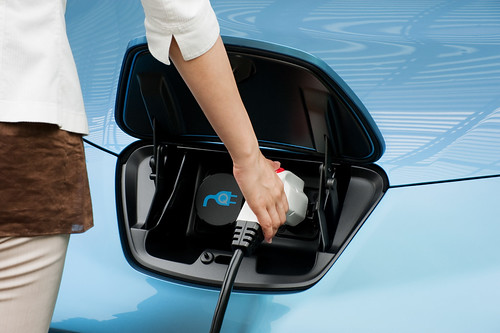Electrifying Houston – City Gets Private Electric Car Charging Network
(Source: Good)
Houston, Texas, may end up being the first American city with a great electric car charging infrastructure. NRG Energy is rolling out what is supposedly the world’s first privately funded comprehensive electric vehicle ecosystem. Here are some interesting nuggets:
- The system (or “ecosystem,” in their overwrought marketing speak), called eVgo, employs a very interesting business model. Subscribers sign a three-year contract and then pay a monthly fee, ranging from $49 to $89, for both a home charger and varying levels of access to this network of public chargers.
- NRG plans to install between 50 and 150 high-speed chargers in public places— shopping centers and the like—by the end of 2011. They’ll also be installing chargers in people’s homes.
- The high-speed chargers distributed around the city can charge a car to 80 percent within 30 minutes.
Related articles
- NRG Installs Privately-Funded Electric Car Charging Network in Oily Houston (fastcompany.com)
- NRG Launches Nation’s First Privately Funded, Comprehensive Electric Vehicle Charging Ecosystem (eon.businesswire.com)
- NRG Energy Selects AeroVironment to Build the Nation’s First Privately-Funded Electric Vehicle Charging “Ecosystem” (eon.businesswire.com)
- Walgreens and NRG Energy Work Together to Bring Nation’s First Privately Funded, Comprehensive Electric Vehicle Infrastructure to Houston (eon.businesswire.com)
- Reliant Customers Among the First with Access to eVgo Electric Vehicle Charging Network (eon.businesswire.com)
- NRG Energy Launches Network Of Electric Car Chargers, In Houston (blogs.forbes.com)
- A Private Network for Recharging Cars (green.blogs.nytimes.com)
- Why Texas May Be a Better Electric Car State Than California (nytimes.com)
- Unlimited Juice Electric Vehicle Charging Plans: Good Idea or Exploitation? (allcarselectric.com)
- NRG: Nation’s First Privately Financed Vehicle Charging Network (gigaom.com)
- On the GreenBeat: Trilliant Inks Deal With British Gas, NRG Energy Launches Charging Infrastructure (nytimes.com)








